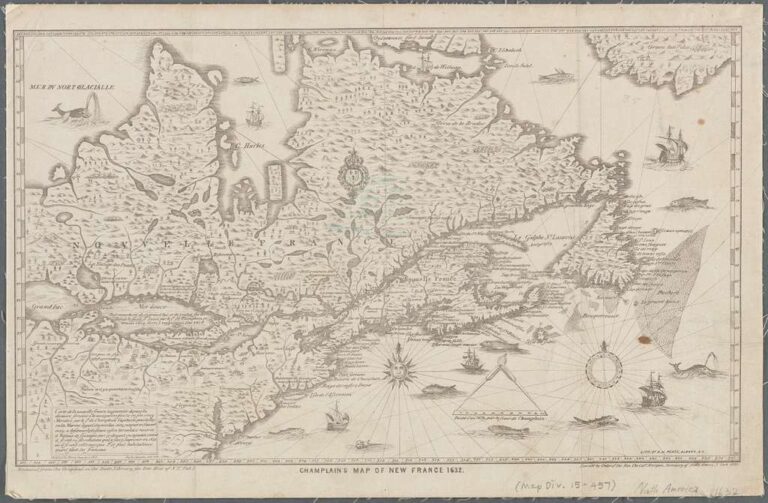Black captivity and colonial violence in New France are distinct but interlinked social formations. This article develops an analysis of captive-colonial violence in Canada by tracing how these two formations are interlinked in practice and in discourse. It examines two “inaugural” scenes: the capture of a “Black Mooress” on the coast of present-day Mauritania in 1441 and the 1603 meeting between a French expedition and the people they called “Savages” on the shores of the St-Lawrence River in Canada. The first pertains to anti-Black violence and captivity. The second pertains to colonial violence and genocide. While the two scenes are usually treated as analytically distinct, as well as temporally and geographically distant, this article brings them together. Doing so is important as it shows how the practical and discursive conditions leading to the two scenes overlapped and how each scene depends on the other. This reading of captive-colonial violence disrupts linear conceptions of time and discrete conceptions of geography to pull “distant” scenes into proximity. Through this approach, the article shows how the two scenes are interlinked in the formation of a new lingua franca of anti-Black violence and genocidal colonial violence in Canada, however different and/or incommensurable they may be
Keyword: colonial
Review of Policing Life and Death: Race, Violence, and Resistance in Puerto Rico by Marisol LeBrón (University of California Press)
Using a multifaceted and transdisciplinary approach, Marisol Lebrón analyzes the development of punitive governance in Puerto Rico. Lebrón’s approach pays particular attention to how capitalist colonial settings in Puerto Rico lead to the categorization of racialized, gendered, and classed populations as problematic subjects who then become the target of state violence as public policy. Intertwined with the state and its legitimacy, the book also looks at how these populations resist repressive policies and affect social relations of power on the island.

